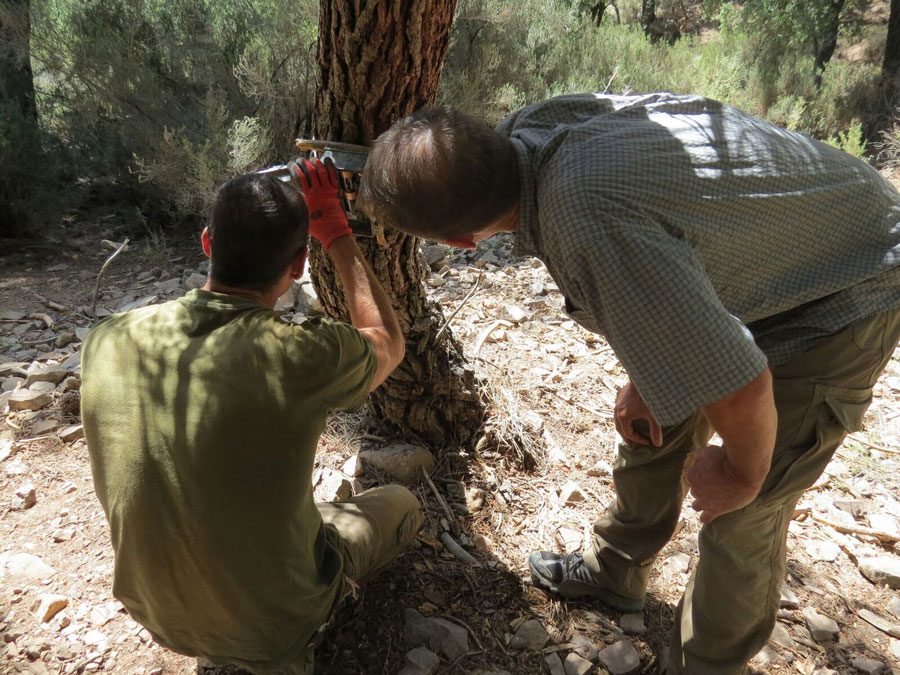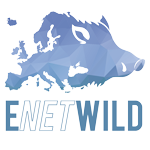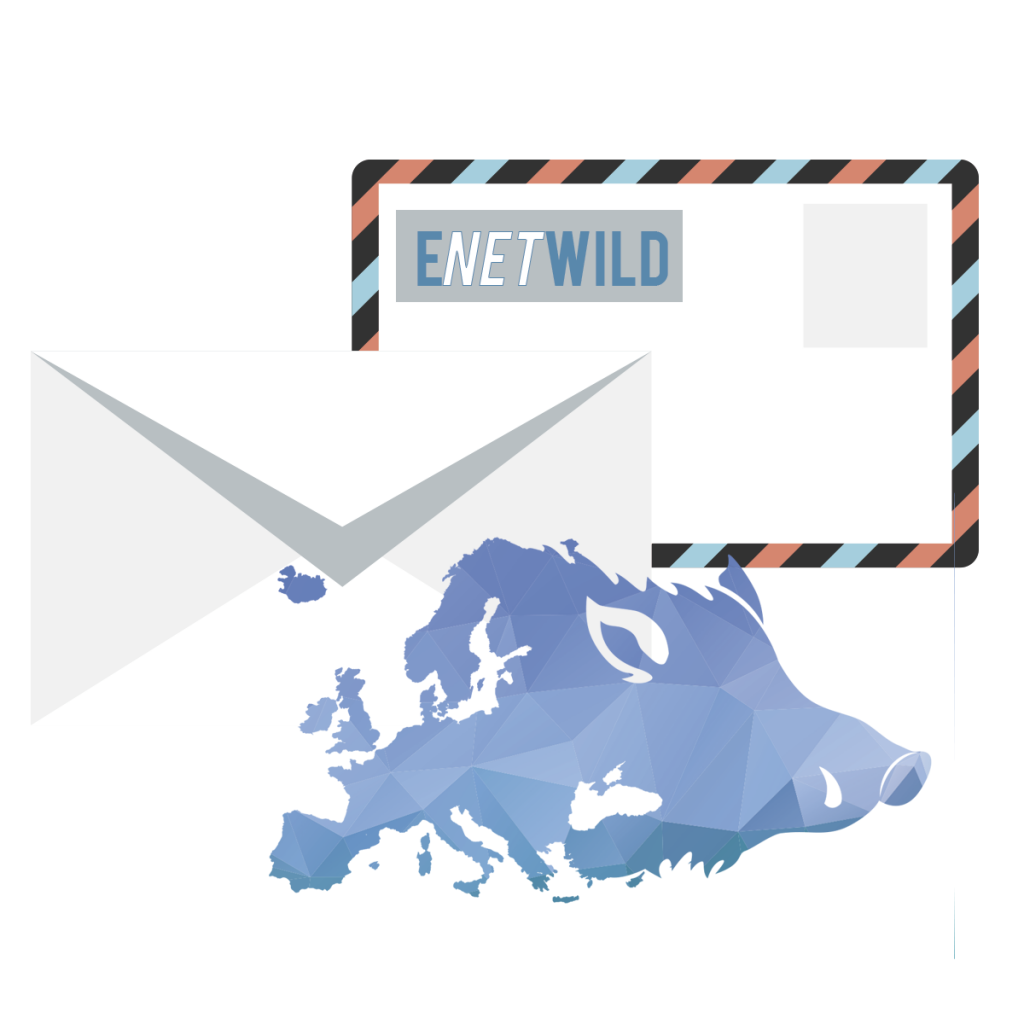2020 September Training Course



The ENETWILD Project (www.enetwild.com) initiated its way about 3 years ago. By then, the harmonized use of comparable (standardized) data on the distribution and abundance of wildlife in Europe, particularly mammals, was hardly possible. ENETWILD approach, as a pioneer pilot initiative, has been able to build the foundations to address the harmonized monitoring of any wildlife over the continent thanks to a large network of collaborators, for which we transmit our gratitude to you, your team and Institution.
African swine fever in Europe, and the case of wild boar as wild host, has kept the main focus of the project since its start. Only a few density data are available for wild boar and can be validated. This data is essential to calibrate other predictions and to define a range of values across large areas that are relevant for policy. In a long term, even density values can be directly and spatially modeled. Therefore, supporting teams to generate density values over different European contexts (habitats, landscapes, management, spatial distribution, epidemiology) has become an objective of the project, for which we are providing training to collaborators. For this purpose, ENETWILD is organizing an online course addressed to a reduced number of participants who are part of our network of collaborators on days 2nd-3rd September 2020.

